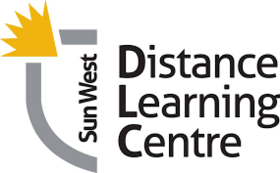DLC Writing Traits - Grade 6
In this unit of video lessons, students will learn several strategies for organizing ideas effectively. They will have a chance to:

Organized Writing
- explore seven organizational designs
- choose the right design to match the purpose
- use transitional words to link ideas
- write an organized, easy-to-follow paragraph
Organization - Lesson 2.1 - "Name That Design" - Five Organizational Designs
Types of organizational design:
- chronological order - time (variation - flashbacks)
- visual or spatial order - a scene is created in the reader's mind (e.g. diagram and/or instructions)
- order of importance - most to least importance - e.g. persuasive essays, news stories, expository essays
- cause and effect/problem solving design - analyzes problems and solution
- compare and contrast - compares a familiar object to something less familiar or contrast of different objects
Organization - Lesson 2.2 - "Writing by Design"
Two more organizational designs:
- step-by-step - describes steps in order
- main idea and support - states main idea and has details to support it (e.g. persuasive essays, informational writing, book/film reviews)
Organization - Lesson 2.3 - "Building Bridges" - Word Bridges (Transitions)
Organization - Lesson 2.4 - "Putting It All Together"
Organization - Editing Level 1 - Conventions "TOC - Table of Contents"
Organization - Editing Level 2 - Presentation - "Preparing to Publish"
Organization - Final Writing Assignment
As students prepare to complete a final writing assignment (an expository article) for this unit, this accompanying handout offers them:
- a review of the steps of the writing process
- a review of the "Organization" lessons in the unit
- an expository writing organization sheet to use as a guide
